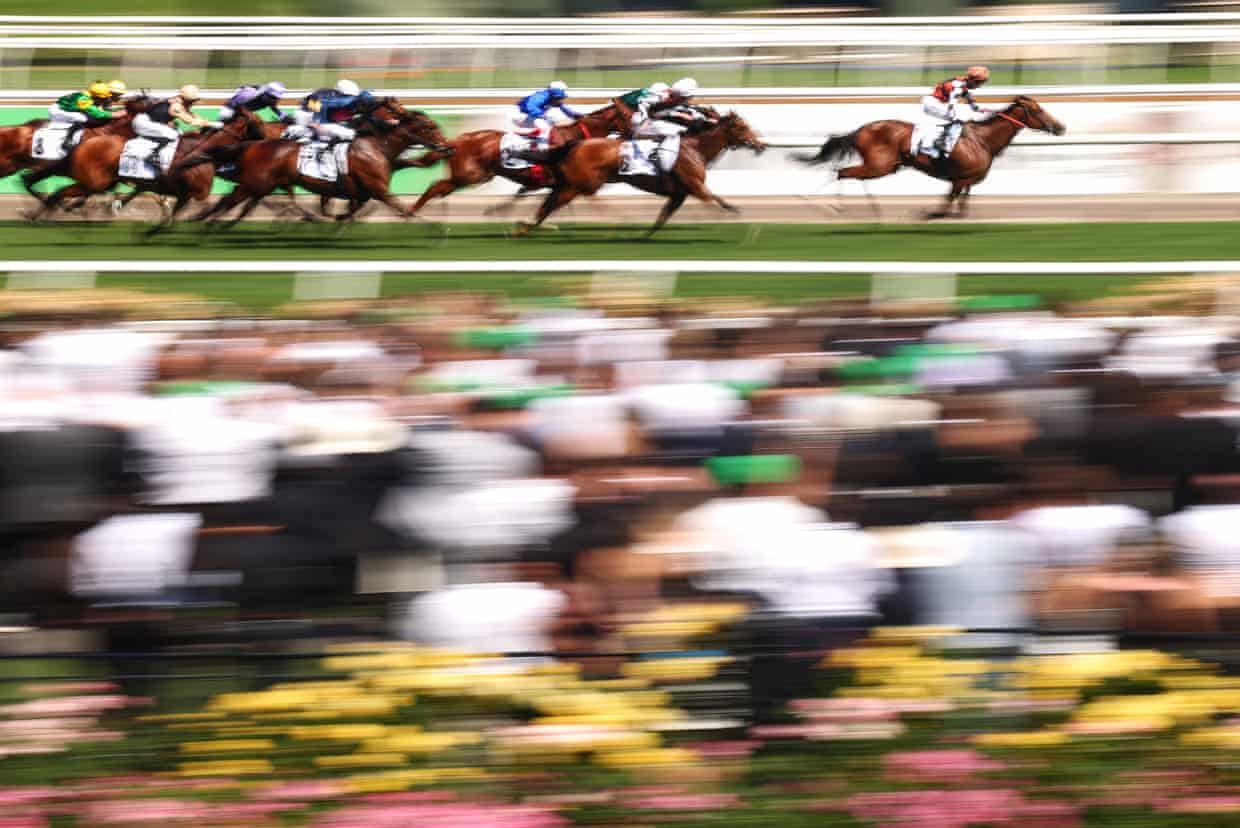UPDATE: Australians continue to wager big on the Melbourne Cup despite growing concerns over declining interest in the prestigious horse race. The latest figures reveal that wagering turnover for the Cup remained robust, with a slight drop from $221 million in 2020 to $214 million last year.
The data, sourced from Racing Victoria, shows that the five-year average spending is a consistent $220 million. This is surprising given the overall decline in horse racing gambling across Australia, which fell sharply by 10.2% in Victoria last financial year, following a 4% drop the previous year.
As of 2023, overall wagering turnover declined from $9.1 billion in 2022 to $7.9 billion, raising alarms about the long-term sustainability of the industry. Similar trends have been reported in New South Wales, where gambling revenue dropped by 9.6% over two years, from $335 million to $302 million.
While many claim to be losing interest in the Melbourne Cup, Charles Livingstone, a gambling researcher at Monash University, noted that the event serves as a lucrative marketing opportunity. “This is like the grand final – it’s a great marketing opportunity,” he stated, emphasizing how the Cup attracts casual bettors unaware of the intricacies of horse racing.
Despite the declining interest in horse racing overall, the Melbourne Cup stands out as an exception, encouraging gambling participation from those who may only engage for that one day. Livingstone pointed out that bookmakers see this as a chance to introduce their apps to a new audience, often leading them to bet on other sports like AFL and cricket afterward.
Racing authorities attribute the overall revenue decline to several factors, including rising cost-of-living pressures, higher interest rates, a shift towards betting on other sports, and reduced advertising and customer promotions. In Victoria, the number of free bets offered on horse racing fell by nearly 10% last year, leading to a decrease from $184.6 million to $166.7 million in money wagered on these promotions.
Despite the challenges, Racing Victoria’s chief executive, Aaron Morrison, highlighted that the organization benefitted from strong wagering operator margins, which helped offset the turnover decline. “We were fortunate to have benefitted from stronger than average wagering operator gross margins,” he stated.
Gambling giants like Flutter Entertainment and Entain have also reported a softer racing market in Australia. Flutter’s financial statements indicated that while the sports market continues to grow, promotional spending on horse racing has been optimized, leading to a more targeted approach.
To combat the declining interest, racing bodies are investing significantly in attracting younger audiences. This includes partnerships with live music festivals, aiming to revitalize spring carnivals. Notably, Racing Victoria reported a Derby Day crowd of over 86,000 on October 28, 2023, marking a 5.5% increase compared to the previous year.
As the Melbourne Cup approaches, the spotlight remains on how these trends will influence the race and the broader industry. The stakes are high, and the outcome will be crucial for the future of horse racing in Australia. Keep an eye on developments as they unfold.































